What Is Last Touch Attribution? Models & Examples (2025)
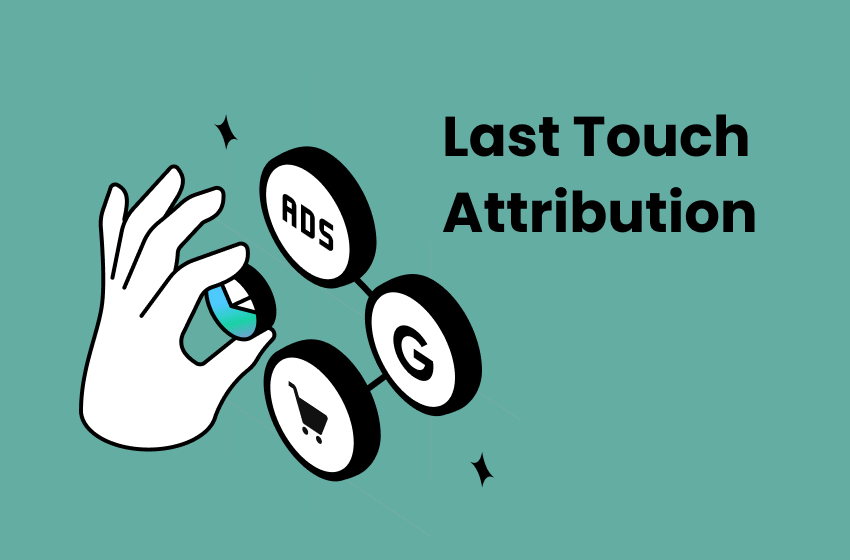
If you’re a merchant, you know how important it is to measure the impact of your marketing campaigns. But how do you know which marketing channels or touchpoints are most effective in driving conversions? This is where attribution models come in. Attribution models are methods of assigning credit or value to different marketing touchpoints along the customer journey.
In this blog post, we will focus on one of the most common attribution models: last touch attribution.
We will explain what it is, how it works, and what are its advantages and disadvantages. We will also provide some real-world examples of last touch attribution, and compare it to other attribution models, such as single-touch attribution and multi-touch attribution.
Ready to learn more? Let’s get started!
What Is Last Touch Attribution?
Last touch attribution, also referred to as “last interaction” or “last click”, is an attribution model that assigns the entire value of a conversion to the final touchpoint that preceded the conversion.
To understand how last touch attribution works, let’s look at some key terms:
- Conversion: This is when a visitor to your website does something that you want them to do, such as making a purchase or filling out a form. They convert from being just visitors to being leads or customers.
- Conversion credit: This is the value that you assign to a specific marketing touchpoint for its role in influencing the conversion. For example, if a customer sees an ad (the touchpoint) and then buys something (the conversion), the ad gets credit for helping you make the sale.
- The final touch: This is the last contact that a customer had with your brand before they converted, such as clicking on an ad or visiting your website from a certain channel.


Last-touch attribution definition based on the conversion path of customers (Source: Accutics.com)
Purpose: Determine which marketing channel was the last step before a conversion. This helps them evaluate how well their campaigns are performing.
Example: Suppose a visitor finds the app from a Facebook ad, gets distracted, and doesn't download it on the first visit. A day later, the same user is retargeted with a Google Ad and completes the desired conversion, such as downloading the app. In this example, the last touch is the Google Ad, and 100% of the conversion's credit goes to the Google Ad!
After analyzing the advantages and disadvantages of this attribution are listed below!
✅ Pros | ❌ Cons |
|---|---|
|
|
Single-Touch vs. Multi-Touch Marketing Attribution
Here’s a more detailed comparison of last touch vs multi touch attribution based on the criteria below!
- Models
- Features
- Benefits
- Credit allocation
- Insight into the customer journey
- Use cases
The purpose of comparison is to help make decisions, understand concepts better, and evaluate the effectiveness or suitability of something. Instance, comparing different strategies in marketing can help determine which is more effective for a specific goal.
Criteria | Single-Touch Marketing Attribution | Multi-Touch Marketing Attribution |
|---|---|---|
Models |
|
|
Features |
|
|
Benefits |
|
|
Credit Allocation | Assign 100% of conversion credit to only one marketing touchpoint, even if a customer saw multiple ads before converting. | Multi-touch attribution assumes that all touchpoints play some role in driving a conversion. |
Insight into Customer Journey | Single-touch models, such as first-touch and last-touch, provide insights only into the first or last interaction a customer had with your brand. | Multi-touch attribution offers a comprehensive view of the customer journey by considering all customer interactions with your brand. |
Use Cases | Helpful for businesses focused on widening the top of their funnel as they highlight the channels that first introduced a customer to the brand. | Benefit for businesses looking to understand how different touchpoints and channels work together to influence deals individually. |
Marketing attribution is a complex field with a multitude of models, each with its strengths and weaknesses. The choice for each model can significantly impact the insights gained and the subsequent marketing strategies.
Different attributions allow marketers to understand how different channels work together to influence conversions. However, they are more complex and require a higher level of skill to implement and interpret effectively.
Therefore, choosing the suitable attribution model is a critical skill for marketers, requiring a deep understanding of both the business objectives and the nuances of each model.
Last Touch Attribution Examples
Last Touch Attribution Example #1
Let’s suppose we have a marketing campaign for a new product launch. The customer journey has three touchpoints: a social media ad, an email, and a search engine ad. The customer buys the product after clicking the search engine ad.
- The social media ad is the first touchpoint. It introduces the product to the customer and creates awareness. In the last touch attribution model, this touchpoint does not get any credit for the conversion, because it is not the last one.
- The email is the second touchpoint. It reminds the customer about the product and increases their interest. It also provides more information and encourages them to take action. In the last touch attribution model, this touchpoint also does not get any credit for the conversion, because it is not the last one.
- The search engine ad is the final touchpoint before the conversion. It captures the customer’s attention and intention at the moment they are ready to buy. In the last touch attribution model, this touchpoint gets all the credit for the conversion. This means that it was the only factor that influenced the customer’s decision.
However, this may not be an accurate representation of what happened. The customer may have clicked on the search engine ad because they had learned about the product from the social media ad and received more details from the email.
This is a limitation of the last touch attribution model: it does not account for all the touchpoints that contributed to the conversion. It may give too much credit to some touchpoints and ignore others. This may affect the quality of insights into marketing performance. Therefore, it is recommended to use this model with other models or as a point of comparison.
Last Touch Attribution Example #2
Suppose you’re a marketer for a new fitness app. You’re running a campaign that includes Instagram ads, Twitter posts, and Facebook-sponsored posts.
- A potential customer first learns about your app through an Instagram ad (first touchpoint).
- A few days later, they saw a post about your app on Twitter (second touchpoint).
- Finally, they see a sponsored post on Facebook featuring a special promotion for new users and decide to download the app (last touchpoint).
In this attribution model, the Facebook-sponsored post would receive 100% of the credit for the conversion because it was the final touchpoint before the customer downloaded the app. The Instagram ad and Twitter post would receive no credit despite potentially influencing the customer’s decision to download the app.
Last Touch Attribution FAQs
What is a last touch attribution?
Last-touch attribution gives 100% credit to the last interaction before a conversion. It helps identify the final touchpoint that directly led to the desired action, such as a purchase or sign-up.
What is the problem with last touch attribution?
Last-touch attribution ignores all previous interactions and gives full credit to the final touchpoint before conversion. This oversimplifies the customer journey and can misrepresent which channels drive engagement.
What are the pros and cons of last touch attribution?
Pros: Last-touch attribution is simple and effective for measuring which touchpoint directly drives conversions. It works well for businesses focused solely on final actions.
Cons: It ignores all prior interactions, making it less accurate for understanding the full customer journey and undervaluing top-of-funnel efforts.
What is the difference between first and last attribution?
First-touch attribution gives full credit to the first interaction, helping measure brand awareness and lead generation efforts.
Last-touch attribution assigns all credit to the final interaction before conversion, focusing on bottom-of-funnel activities that drive action.
What is the first touch attribution example?
First-touch attribution gives full credit to the first interaction.
For example, if a customer clicks on a Facebook ad, then reads a blog post, signs up for a newsletter, and finally makes a purchase, the Facebook ad gets 100% of the credit for the sale.
Which attribution model is most accurate?
The most accurate attribution model is data-driven attribution. It uses algorithms to analyze customer journeys and assigns credit based on actual conversion impact rather than predefined rules.
Last-touch attribution remains a popular model for its simplicity and ease of implementation. However, relying solely on it can lead to an incomplete view of your marketing performance.
To make more informed decisions, consider the limitations of last-touch and explore hybrid or multi-touch models that better reflect today’s complex customer journeys.
Tracy is a senior content executive at TrueProfit – specializing in helping eCommerce businesses scale profitably through content. She has over 4 years of experience in eCommerce and digital marketing editorial writing. She develops high-impact content that helps thousands of Shopify merchants make data-driven, profit-focused decisions.





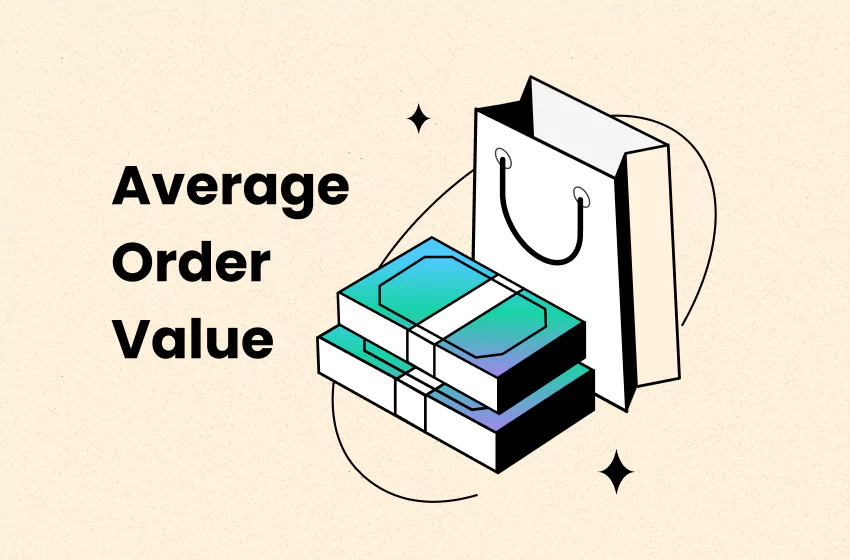
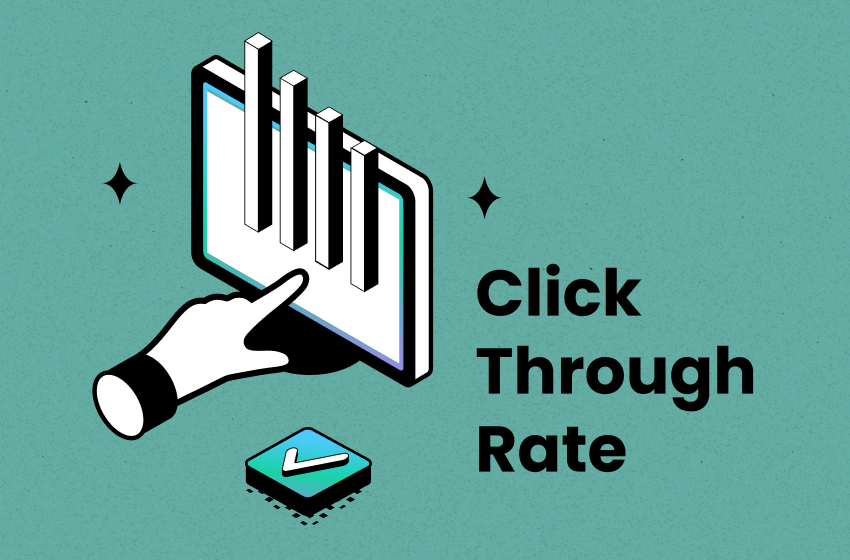
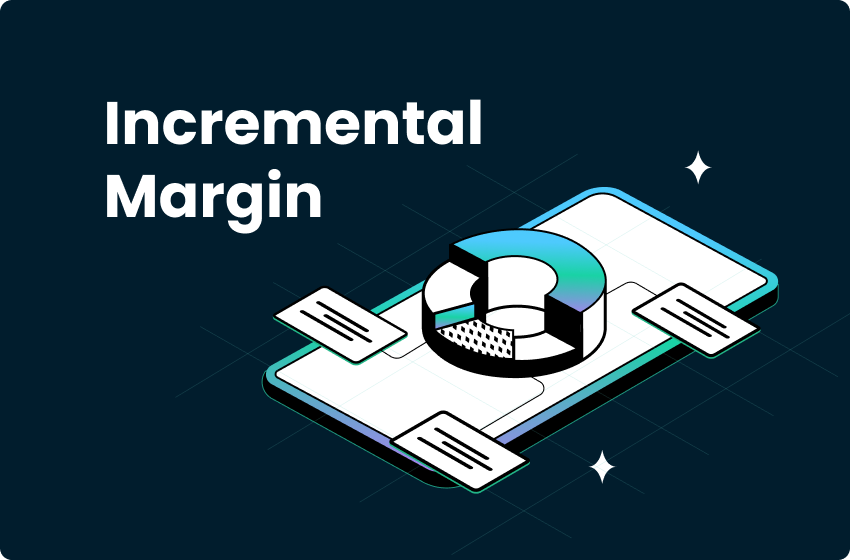
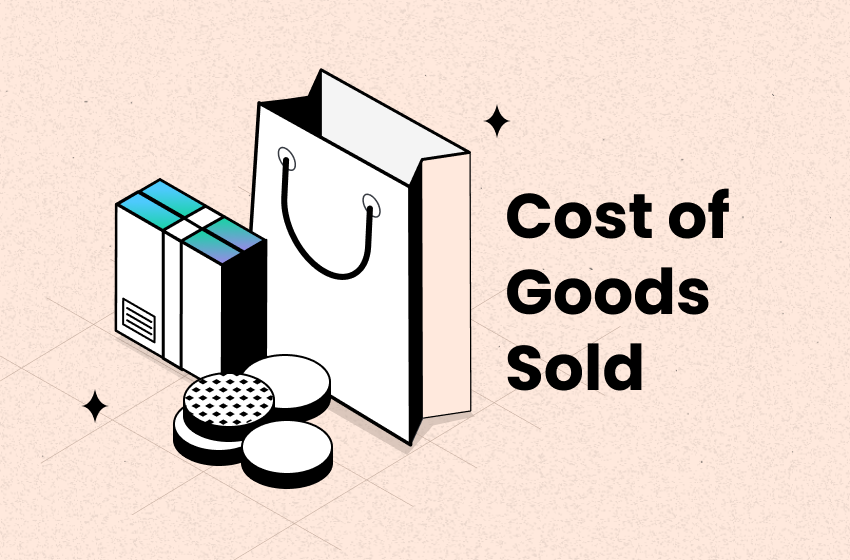
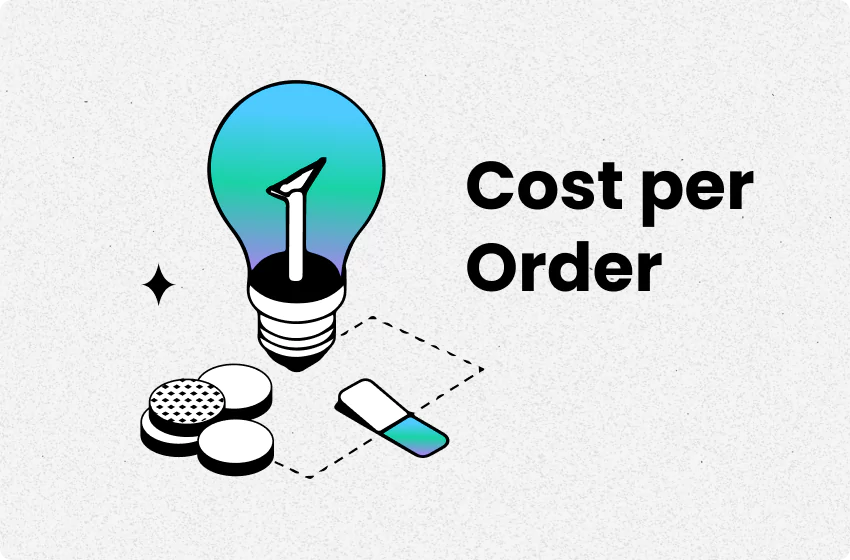
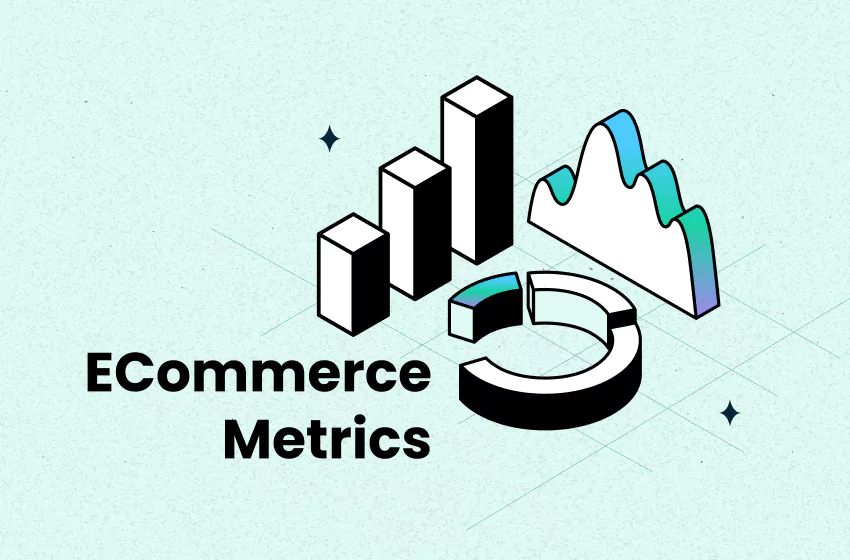
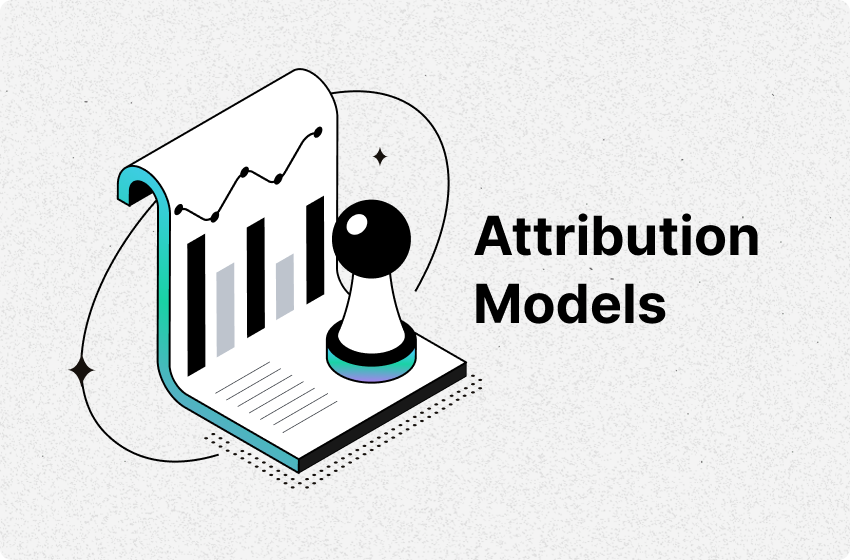
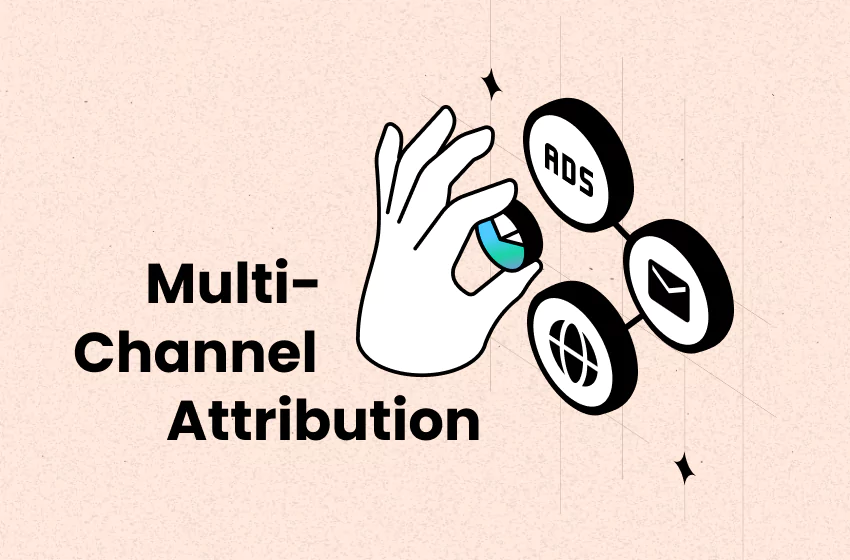
 Shopify profits
Shopify profits